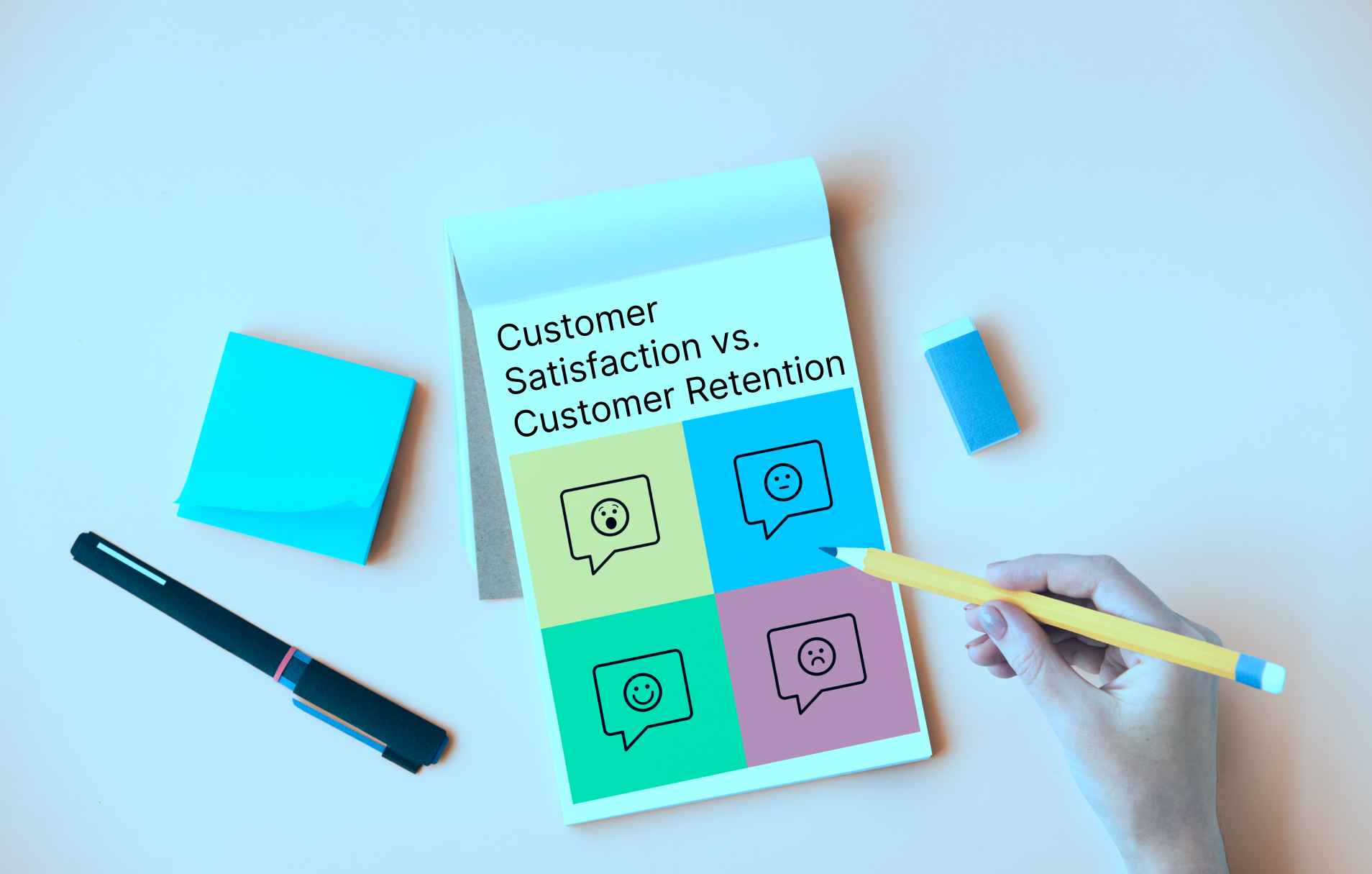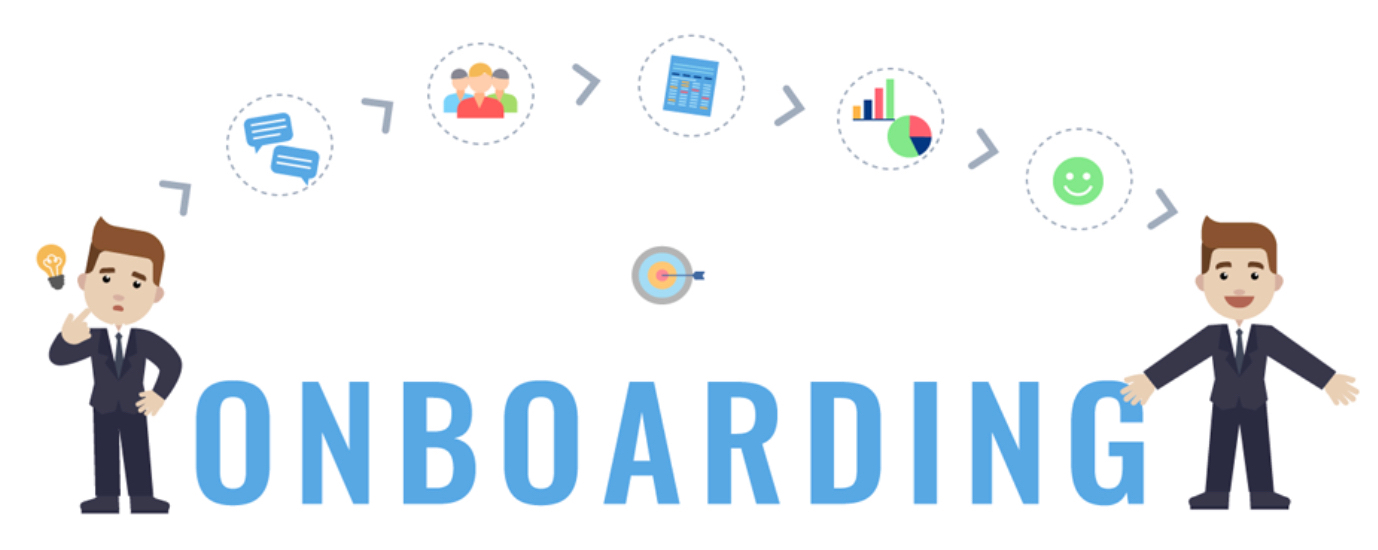An Organizational Evolution of Customer Success
As I write, there are over 9000 “Customer Success” jobs advertised on the LinkedIn platform. Companies are getting wise to the role that customer retention and upsell have to the bottom line and are now hiring accordingly. The growing trend is to create a dedicated Customer Success department filled with well compensated Customer Success Managers (CSMs) and even VP-level hires. The age of Customer Success has clearly begun.
This consolidation of Customer Success activity and personnel under a single department is a natural step as companies grow. It helps establish the “owner” of Customer Success within the organzation and leads to the creation of better processes and positive financial results. It is also a course fraught with danger.
Part 1 in a 3-part series on building a kick-ass Customer Success team for your business.
In the Beginning
Customer success was born the day the words “we’re losing too many customers” was first uttered. It existed whether the company acknowledged it or not. Most organizations only had reactive Customer Success efforts–there were no managers or departments, no playbook and certainly no Customer Success software. The subscription economy shined a light on the disastrous effect of churn on a company’s financial health and formal Customer Success began to emerge.
In most cases, the role of Customer Success Manager did not appear at this stage fully formed. Instead, the role evolved over time as companies moved to realize all the potential revenue that existed over the lifetime of the relationship.
Customer Service-Led
Customer success typically begins as a reaction. It begins as a reaction to customer complaints and bug reports. It starts as a reaction to your (slightly rough around the edges) product and business. Understandably, it is the Customer Service department that is initially saddled with the responsibility of keeping the customer happy.
In this phase of development, companies typically scale up their Customer Service department to handle the flow of inbound issues. The better companies then continue adding resources enabling the Customer Service department to help improve customer adoption rates.
Sales-Led
For young technology companies, the initial batch of annual subscription renewals can be a bellweather of things to come. A successful cohort of renewals restocks the company’s coffers with a much needed injection of cash while an early struggle to renew accounts may be the beginning of the end. For the financial health of the company (and to align the health of the company with the compensation of a Sales team) responsibility for Customer Success often migrates to the Sales department.
This is only made possible after a product has reached a certain state of maturity. The deal-killing bugs are gone and the company has achieved (or is approaching) product-market fit. Once a company has firmly established the value of its product and identified it’s ideal customer, it is logical to task the Sales department with both the acquisition and retention of customers.
This coincides with many companies’ realization that Customer Success is not a cost center but a revenue center. Building a successful Customer Success effort means building a new engine for growth.
A Hybrid Team: Sales + Customer Success
Having moved from Customer Service to Sales, responsibility for an effective Customer Success effort quickly outgrows the capacity and expertise of either department. Larger deals, longer sales cycles, and a more complex product force a company to begin again. This often takes the form of a loosely structured Customer Success group pooling resources from both Sales and Customer Service.
Sales teams, now incentivized to reduce both customer and revenue churn, begin reaching out to clients weeks and even months in advance of their renewal date. The most effective salespeople establish an even higher cadence; maintaining nearly constant contact with with their most high-value customers.
Similarly, the Customer Service team may now be compensated based on success-based metrics. The best teams transition from reactive to proactive–driving adoption in terms of active daily users and functionality accessed. They may be tasked with running how-to webinars and building a thorough knowledge base.
As ownership of Customer Success is essential, this organization makes it necessary for a company to bring on its first management-level hire to coordinate the resources in the different departments.
A Dedicated Customer Success Team
In time, even this hybrid model proves insufficient and it becomes necessary to form a distinct Customer Success department. This step often marks the “a ha” moment for a company; the moment when they first truly grok Customer Success. This new department should establish metrics and targets including:
- Year-over-Year Churn Reduction. For mature companies, a 20% YOY reduction in customer churn is a good target.
- Negative Revenue Churn Growth. A successful Customer Success department should be a revenue center and drive growth through upsell and cross sell.
- Increased Product Adoption. Each company will have unique metrics that define the usage patterns of a successful customer. These usage metrics should be measured and improved every year.
As the team grows, the company should consider a VP-level hire drive the performance of the unit. You wouldn’t hire a VP of Sales without targets–the same is true for your first head of Customer Success.
There are two immediate benefits to creating a standalone Customer Success department:
- Sales and Customer Service departments can return to their true roles. Your highly-paid Sales team can focus on turning warm leads into customers. Your Customer Service departmentis able to focus on the inevitable flood of inbound support requests.
- Your Customer Success team can be properly incentivized. Your Sales team should be primarily motivated by financial metrics and your Customer Service department by efficiency and effectiveness ratings. By creating a dedicated Customer Success department, you can define “success metrics” and create an appropriate measuring stick and compensation system for Customer Success.
Once Customer Success becomes a priority for a company, it is time to build a dedicated Customer Success team.
The Buck Doesn’t Stop There
While a dedicated Customer Success department is the way of the future, a company’s Customer Success efforts should not stop there. A truly successful effort requires input from every department in the company–Marketing, Product & Engineering, Accounts Receivable, Credit Control, etc.
In a future post, I’ll talk about how and when these other departments should be involved in building a world-class Customer Success division.
Up next though, in Part 2 of the series, we’ll look at the first step to take when building your Customer Success strategy.





